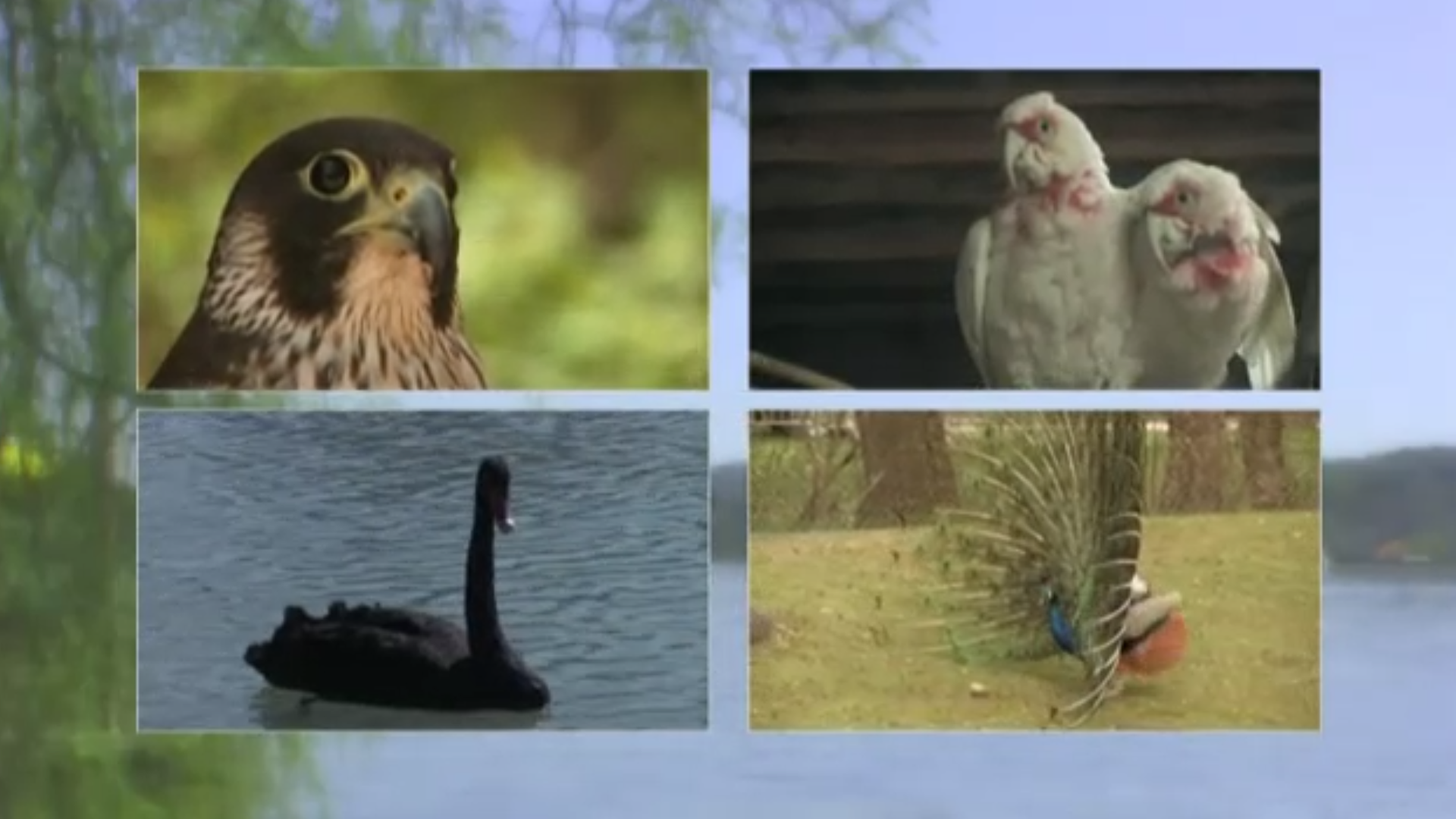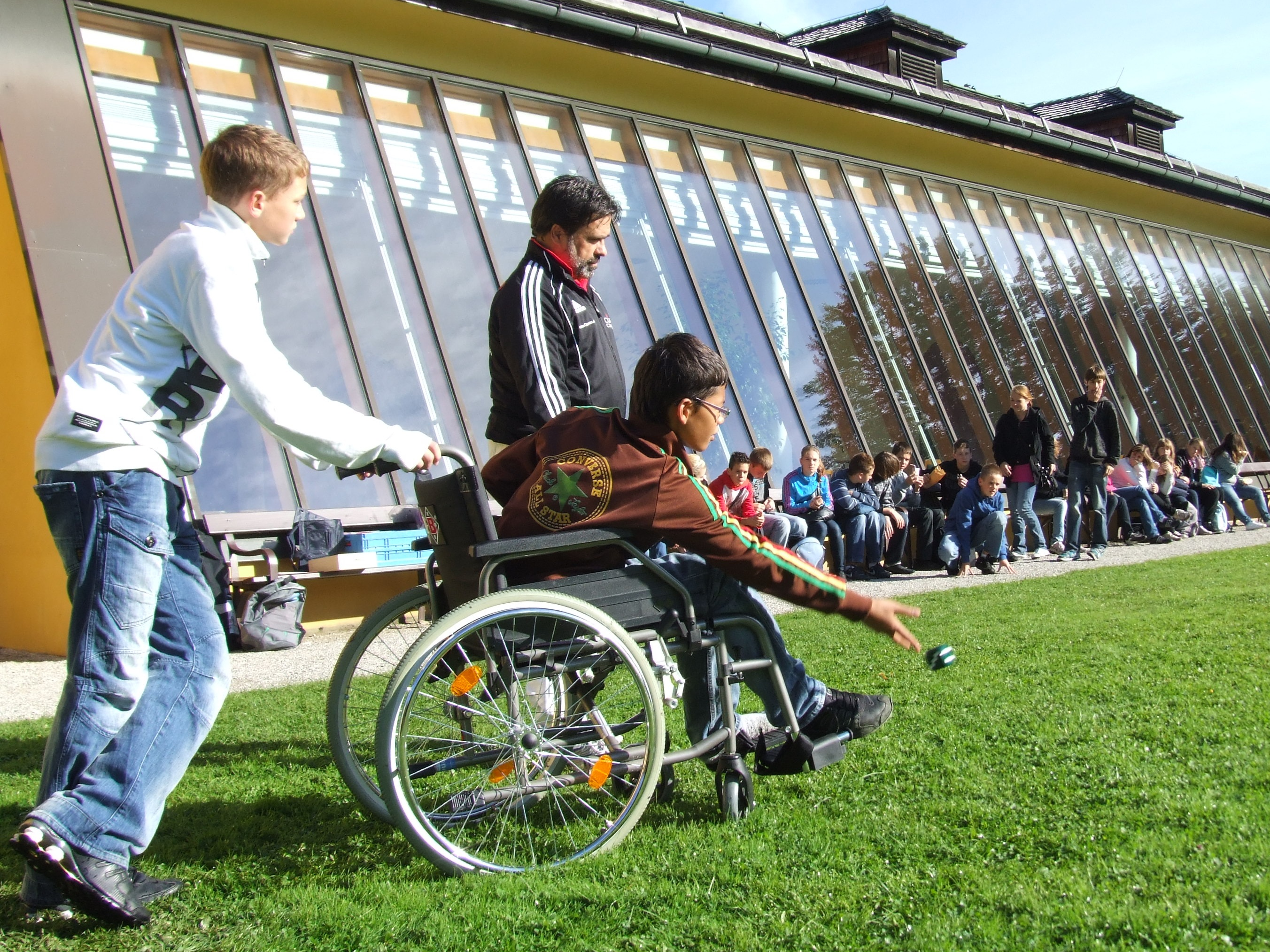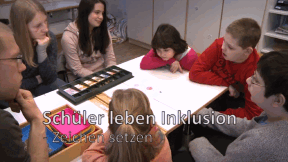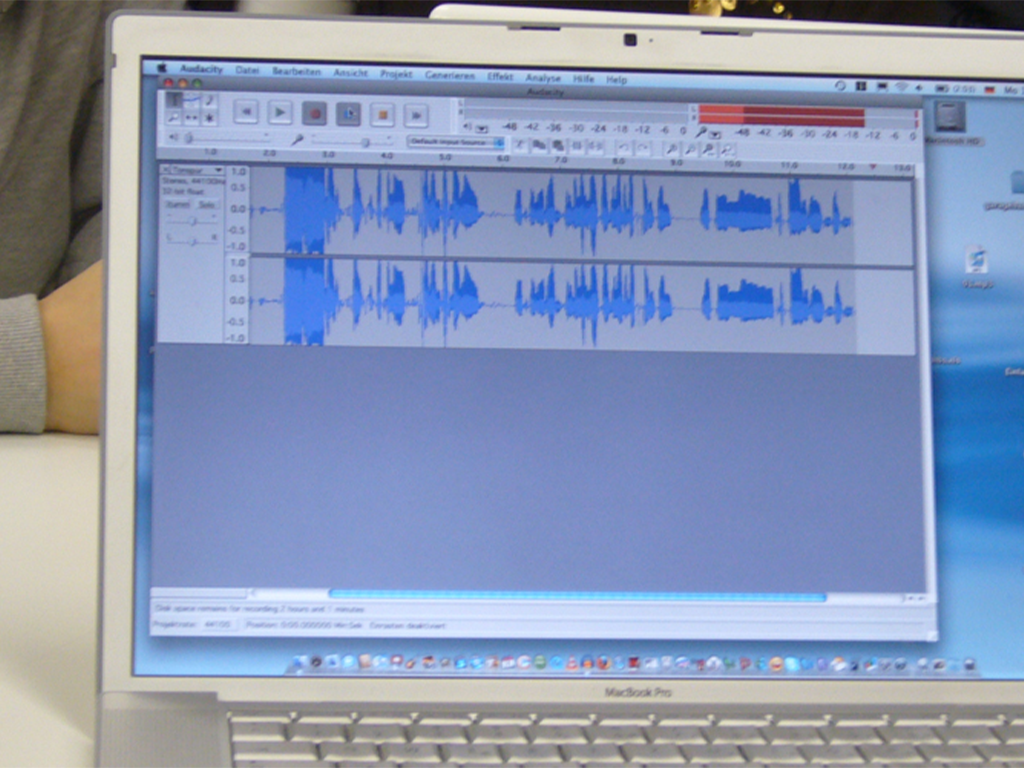 Biology
Biology

4656279 / 5551013
Birds
Vertebrates 4
This DVD from the Vertebrates series comprehensively introduces birds by means of various examples of indigenous, tropical and polar bird species. Among other things, it provides information on typical bird characteristics such as skeleton and bone structure, structure and function of the beak and feathers as well as the principle of light-weightness. Impressive close-ups of prepared bird bones as well as of a feather’s vane serve to illustrate these aspects. The adaptability of birds to the environments of air, land and water as well as to different kinds of food are shown by means of the examples of typical representatives of the species such as eagle and falcon, emu, duck, moorhen and kingfisher. Here, the pupils also learn about the relation between diet and shape of beak. The reproduction and breeding of birds is illustrated with impressive outdoor pictures of courtship and nest-building with different bird species, the hatching of a chick, the raising of grey herons up to the squabs’ first attempts at flying. Furthermore, the menu includes additional pictures as well as a tabular list of the different breeding times of altricial and precocial birds. Thus, this DVD offers flexibility and variety in the classroom and is especially suited for interactive learning.
Play trailer
Curriculum-centred and oriented towards educational standards
Matching
Pupils Practise Inclusion
When people come together, no matter under what concomitant circumstances – ultimately, it is about how these people meet and how openly they interact with one another.
Podcasting
Today, the use of new media has become a matter of course not only in everyday life – schools and teaching, too, benefit from the new technologies and methods, which support active and independent learning. Especially in computer science, ethics and language courses but also in all other subjects, modern media are a valuable pedagogic and didactic asset. This DVD uses the example of podcasts to demonstrate how the possibilities opened up by new media can be applied in the classroom and how the pupils can be taught to handle them in a competent and target-oriented manner. The film is aimed at supporting the use of podcasts at school and encourages making them. This also requires the ability to find information on the Internet and assess it. The film informs on the functionality of podcasts and technical background as well as on the teaching and learning possibilities offered by podcasts – ranging from specific contents to superordinate learning targets such as the advancement of creativity and team spirit. The DVD is a useful support for teachers applying new media and wishing to show their pupils how to handle Running Time: 20:29 ms them in a sensible way.









